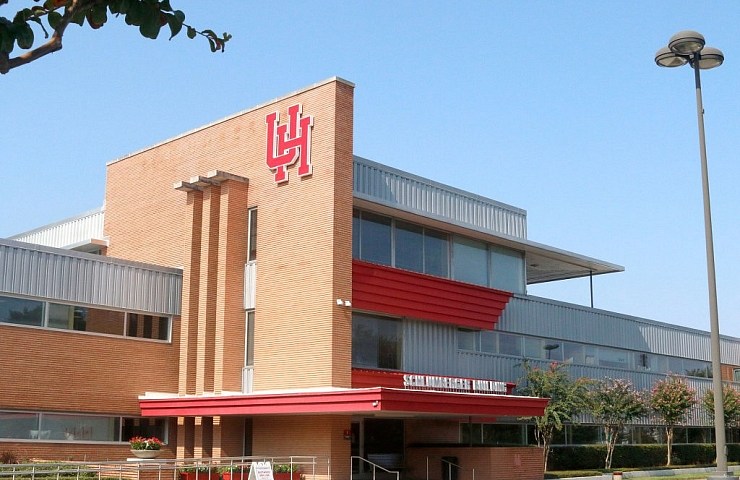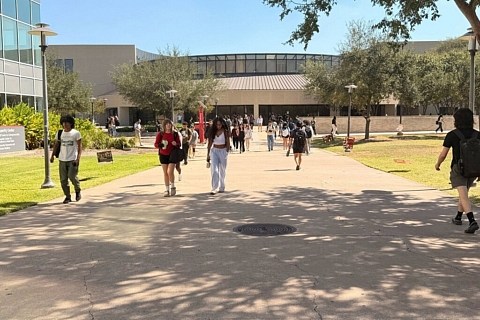Everyone knows that Houston is an energy city — chemical plants and refineries pepper the Bay Area and Hwy. 225, Downtown holds corporate oil and gas offices and the Gulf has its rigs. After all, they don’t call us the “Energy Capital of the World” for nothing.
But the secluded happenings at the Energy Research Park, and the role that UH plays in this giant industry, shows that we’ve earned our bragging rights.
Our beloved ERP houses the Texas Center for Clean Engines, Emissions and Fuels, which is tucked away behind the extra student parking. There, engineers test diesel vehicles and engines, and test fuel additives for the City of Houston and private entities to make sure they are up to Environmental Protection Agency standards.
When fuel burns in a vehicle, most of the energy is used to drive the car, but some of the by-products can be harmful. These need to go through reactions in the vehicle’s catalytic converter to become a less volatile exhaust and better for the environment, reducing toxic greenhouse gases like NOx or CO2.
To combat this, most of the research works toward lowering emissions, developing more efficient catalytic converters and synthesizing alternative fuels.
At TxCEF, engineers primarily test pre-existing products, but also can help third parties develop effective and environmentally conscious products. Research includes diesel catalytic emission-control technology, synthetic fuels and additives, alternative fuels, increased diesel fuel economy and sustainability of diesel vehicles.
The labs of TxCEF include an engine testing cell, a vehicle testing cell, chemical laboratory and portable equipment to test vehicles on — or off — the road.
“We can test an engine by itself, change the timing, type of fuel, any kind of after treatment like a catalyst — we test the efficiencies,” said Eddie Allison, the lab manager and engineer at TxCEF. “If someone has a new control system and wants to put natural gas in.”
Developing catalysts that work for natural gas is the job of professor William Epling, a chemical and bio-molecular engineering professor. His lab designs efficient catalysts for both low temperature emissions and natural gas.
“If your engine is more fuel efficient, then the heat in your exhaust gas is less because you’re using all of the energy to drive your car, which means your exhaust temperature is lower than it normally would be,” Epling said. “The lower that temperature, the harder it is for the catalytic converter to do its work.”
Epling explains, “CO2 is directly tied to fuel economy: The more fuel you burn, the more CO2 you make. They’re perfectly correlated. So whether people (are concerned with) CO2 emissions or start thinking about their pocketbooks … engines are going to start becoming more and more efficient.”
In recent years, most of his research has pushed to lower temperatures on the catalytic converter, with Low Temperature Combustion engines (LTC) “they want a catalyst that will do all of the stuff at 150 degrees C. Right now, catalysts can do that at 400. It’s a huge challenge,” says Epling.
Epling works with computational analysts to predict, model, and optimize the element ratio for the best catalytic reactivity.
“In the past I’d have to predict by trial-and-error, but now I can measure reactions inside the catalytic converter,” Epling said. “It helps with better modeling: less pressure drop on engine so it works better, less precious metals in the converter so it’s cheaper.”
On the outside, the University presses for a new identity in the research and energy world. But with the fuel tech research powering a future of energy-efficiency, it truly is a powerhouse.




Recent Comments